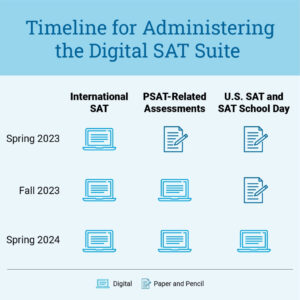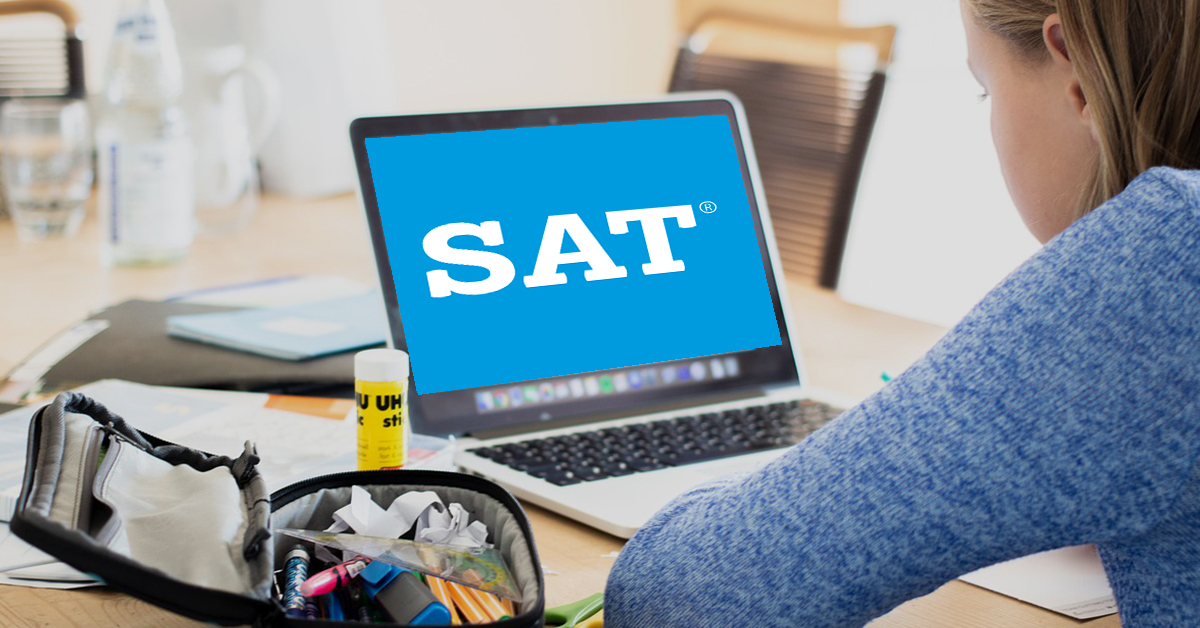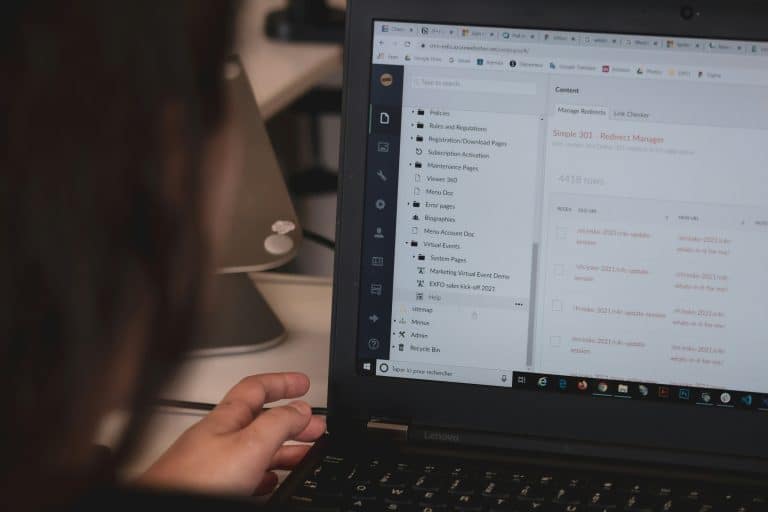As we’ve discussed in a previous blog post, the SAT is going fully digital. While this is a change most people saw coming, it is going to be a massive one. The class of 2024 will be the last class to experience the SAT that we know today, and the class of 2025 will have a much different experience. While there will be a lot of learning and adjustments to be made in the coming years, here is the new information we’ve gotten.
Timeline
The rollout timeline from College Board is below. Most students of the class of 2024 will wrap up their testing by fall 2023. By spring 2024, all students will be taking the digital version.
Note that some students will end up testing on paper in 2023 and then on the digital format in 2024. College Board endorses superscoring between the two different formats. However, College Board notes that “ultimately, the decision lies with individual colleges.”

Comparison Between Current Paper SAT & Digital SAT
There are several key similarities and differences between the current paper SAT and the upcoming digital SAT. These are a few of the major ones.
Length
- Current: 3 hours total
- Reading: 65 minutes
- 5 long passages, 52 questions
- Writing and Language: 35 minutes
- 4 long passages, 44 questions
- Math, No Calculator: 25 minutes
- 15 multiple choice, 5 student answer
- Math, Calculator: 55 minutes
- 30 multiple choice, 8 student answer
- Reading: 65 minutes
- Digital: 2 hours total
- Reading and Writing: 60 minutes
- 54 multiple choices with short passages in 2 modules
- Math: 60 minutes
- 44 questions in 2 modules
- Reading and Writing: 60 minutes
Scoring
- Current: 400-1600 total score (sum of section scores)
- Digital: 400-1600 total score (sum of section scores)
However, the paper SAT delivers scores in two to six weeks post test. With the digital SAT, scores will be available within days.
Security
- Current: Static test forms (cheating a possibility)
- Digital: Each student gets a unique test
- From College Board: “Students will have unique tests because the app downloads encrypted question pools and employs an algorithm to build the second module of each section based on the student’s performance on the first module.”
Student Experience
- Current:
- Students can write in their test booklets, no scratch paper
- Accidentally marking the wrong bubble is possible
- On math section, only approved calculators can be used
- Digital:
- Students can write on scratch paper (collected afterward)
- Only one question is visible at a time, so marking the wrong bubble is not possible
- Will include a highlighting tool and flagging tool so students can review questions at a later time
- Approved calculators can be used, OR the testing app’s built-in calculator can be used
Existing accommodations will be maintained from paper to digital formats. Non-digital, non-adaptive tests will still be administered for students whose accommodations cannot be transferred to the digital format.
Adaptation
The digital version of the SAT will be an entire hour shorter than the paper SAT because it is an adaptive test. This means that the better a student does on the first module, the harder the second one will be. The first module is not adaptive for Reading & Writing or Math, and the second module is.
Because the digital test is adaptive, students will never be told how many questions they got right or wrong, and they will not find out exactly how they got their score. At the end of the day, every student will have taken a different test and thus a published scale is not possible.
Obviously, these are some big changes headed our way (and undoubtedly, opinions will vary). However, there is one constant you can count on: The Enrichery is here to help you prepare for (and dominate) the SAT in both formats. Our coaches remain up-to-date on the changes and adjustments as they come, and will be here to arm you with the knowledge and tools you need to do your best.





